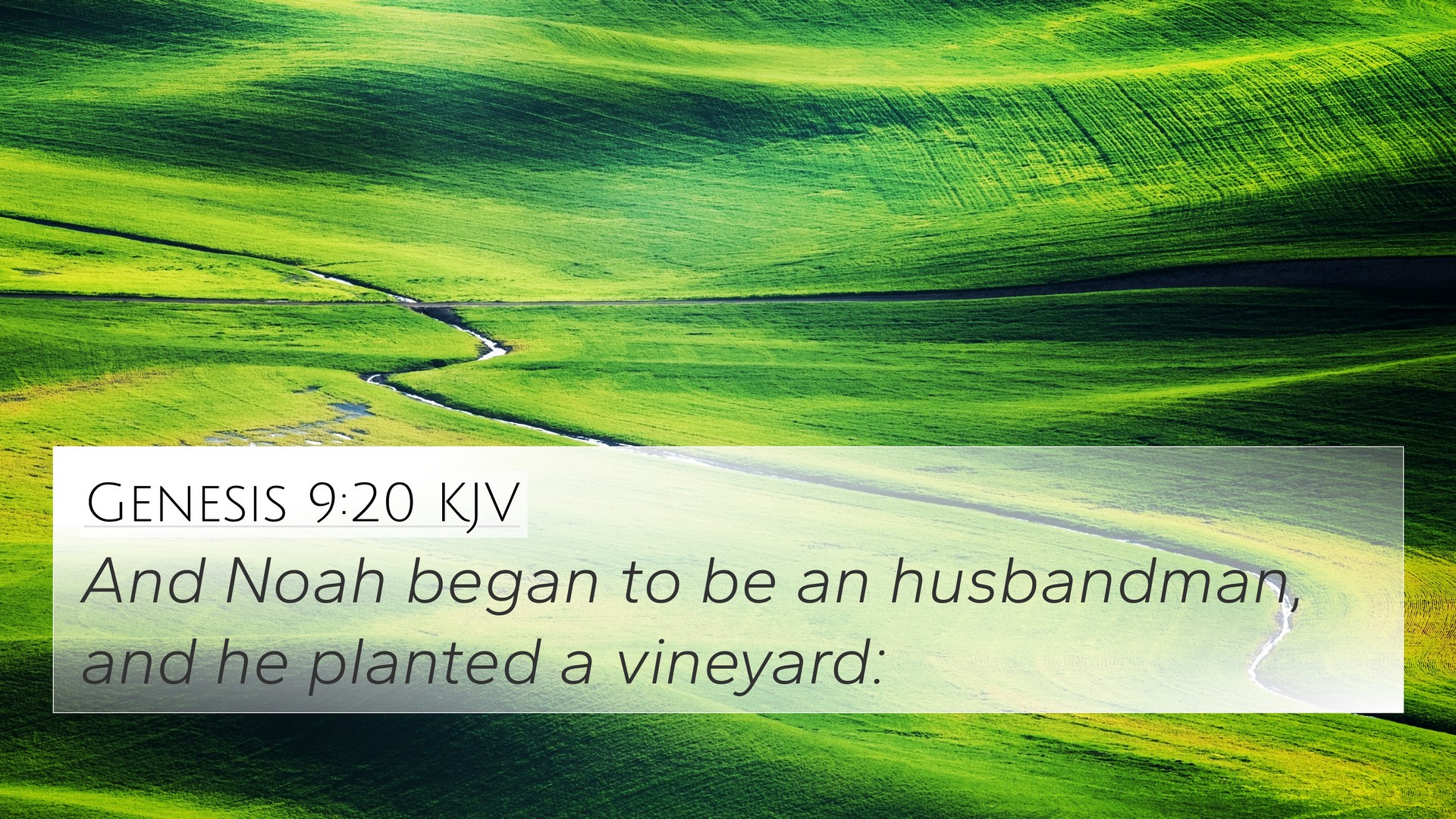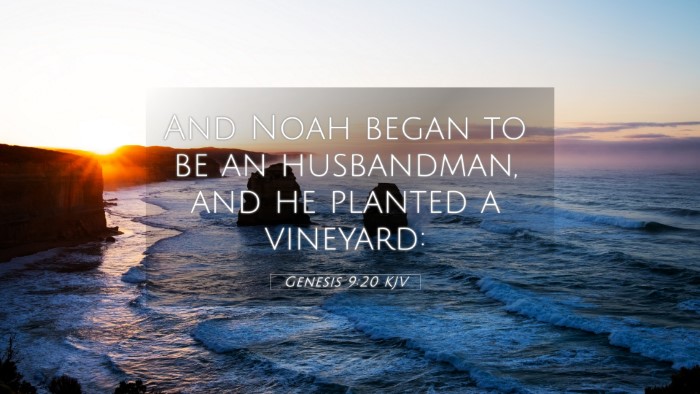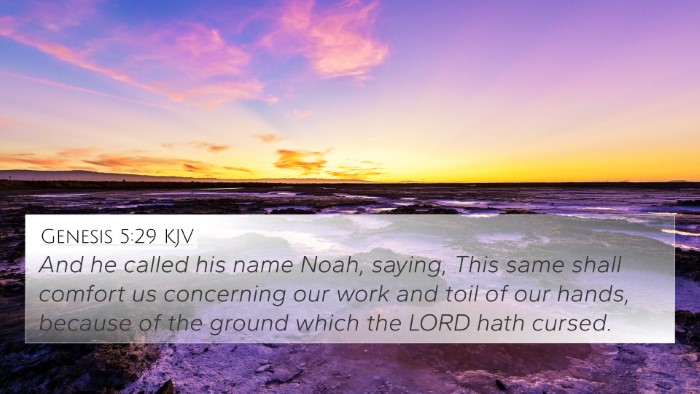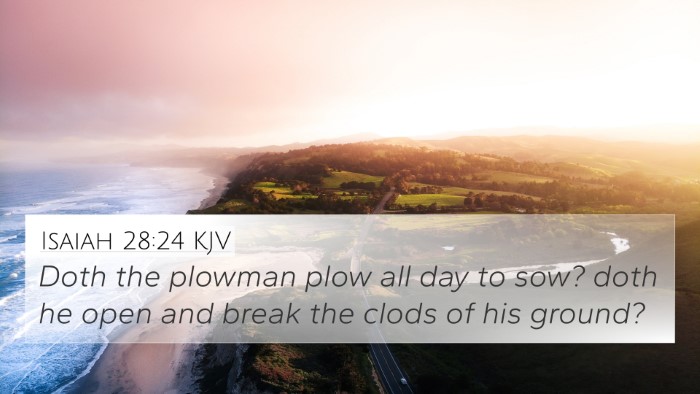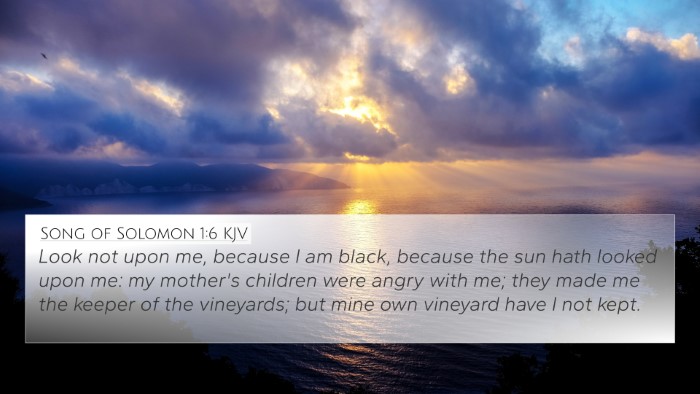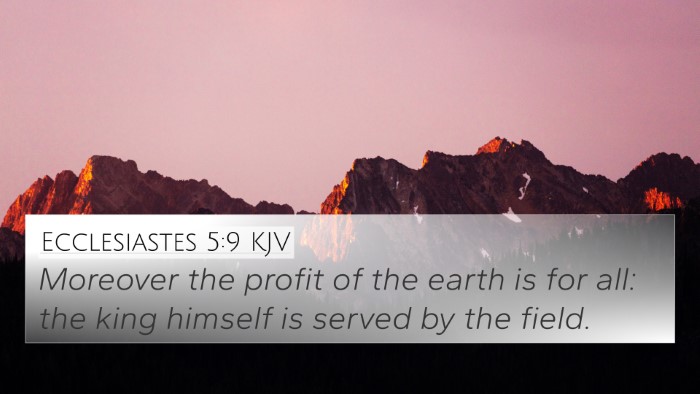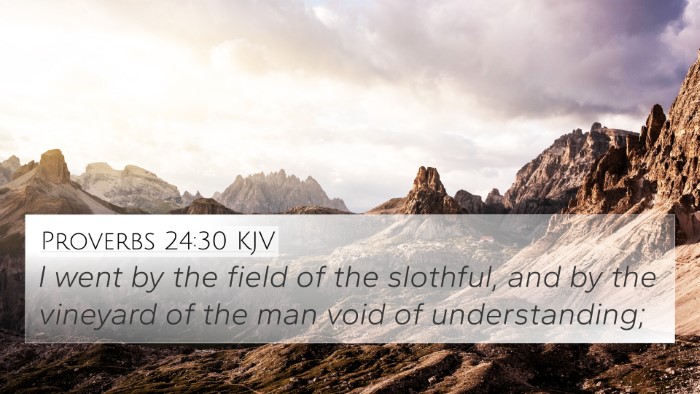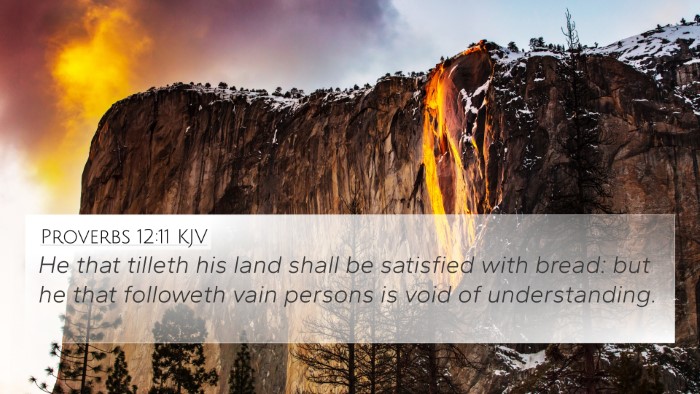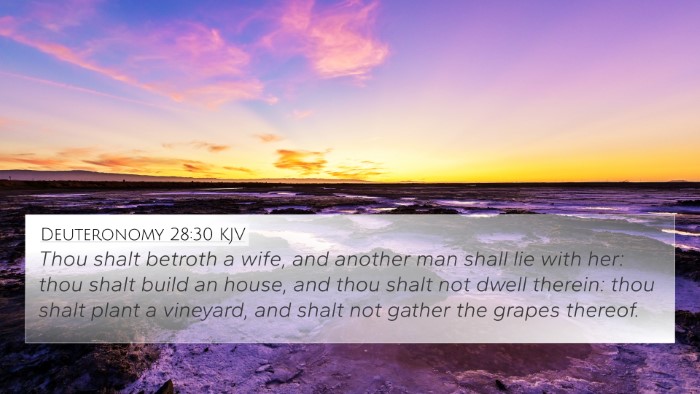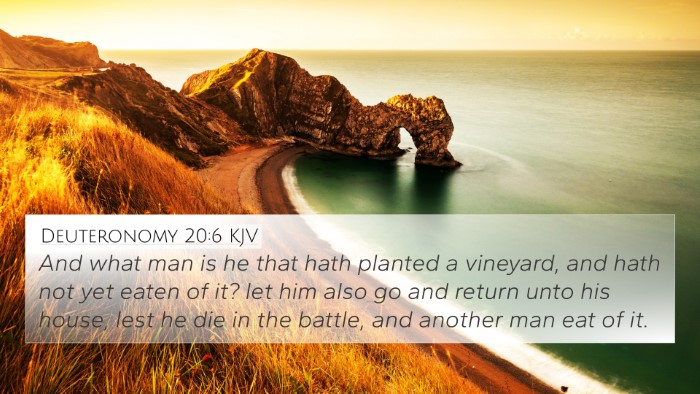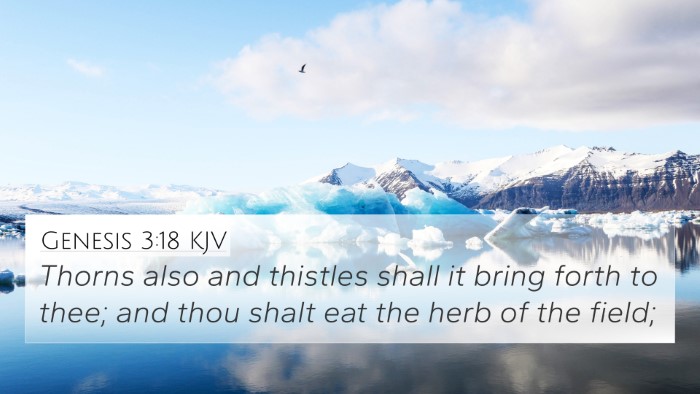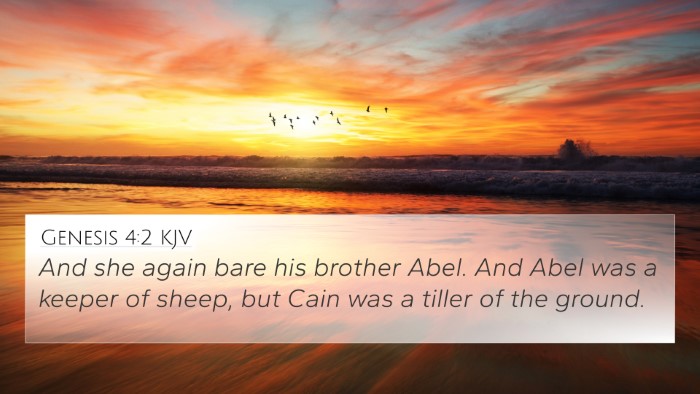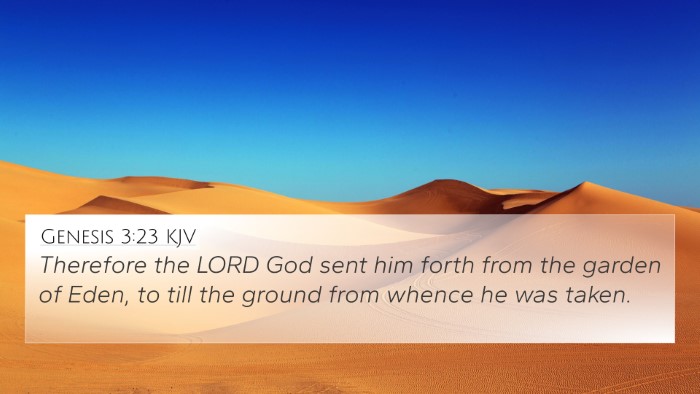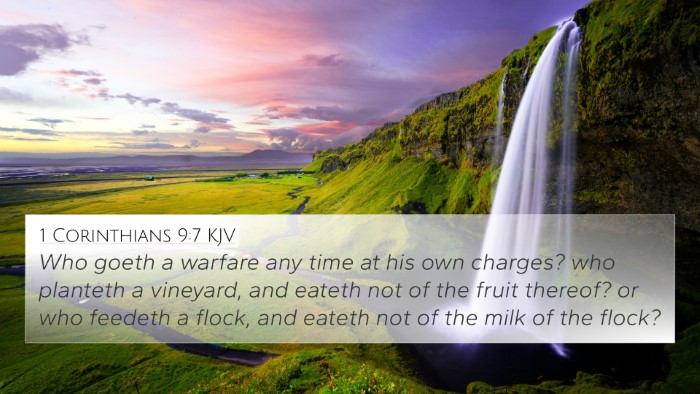Understanding Genesis 9:20
Genesis 9:20 states: "And Noah began to be a farmer, and he planted a vineyard." This verse marks a significant moment in the life of Noah following the great flood, presenting themes of renewal and the establishment of agricultural practices.
Exegesis of Genesis 9:20
This verse follows the narrative of God’s covenant with Noah, representing both a literal and a symbolic new beginning for humanity after the destructive flood. Here’s an overview of insights drawn from prominent public domain commentaries:
- Matthew Henry: Henry emphasizes that this step into farming signifies humanity’s return to productive labor and the cultivation of the earth, reflecting God’s command to “be fruitful and multiply” in Genesis 1:28. He asserts that it illustrates God’s mercy in giving Noah the means to sustain life.
- Albert Barnes: Barnes points out that Noah’s vineyard planting is symbolic of man’s new relationship with the earth post-flood. He argues that agriculture represents the beginning of civilization in a new form, showcasing man’s ability to cultivate and develop the land for sustenance.
- Adam Clarke: Clarke interprets this act of farming not only as a practical step but also as a spiritual reestablishment of order in a post-flood world. He notes that planting a vineyard implies a sense of settling and establishing a community which was almost non-existent during the flood.
Thematic Connections and Insights
The verse connects with several key themes in the Bible regarding creation, responsibility, and the mercy of God. Below are suggested Bible verse cross-references that illuminate the connections between Bible verses:
- Genesis 1:29-30 - God’s original command to humanity about food and cultivation.
- Genesis 8:22 - God promises the cycle of seasons and sowing, indicating stability after chaos.
- Genesis 9:1 - God’s instruction to Noah and his sons to “be fruitful and multiply.”
- Isaiah 65:21 - A future promise of cultivation and the joy of fruitful labor in the new creation.
- 2 Corinthians 5:17 - Reflects on the new creation concept, relating to Noah’s fresh start.
- Galatians 6:7 - The principle of sowing and reaping which ties back to agricultural imagery.
- Hebrews 11:7 - Noah’s faith is highlighted, establishing his righteousness as a farmer.
Comparative Bible Verse Analysis
The act of Noah planting a vineyard can be analyzed in conjunction with other Biblical agrarian references, offering deeper insight:
- Cultivation as a Divine Mandate: References such as Exodus 23:10-11 emphasize the importance of resting the land and its divine observance.
- Consequences of Actions: The narrative of Adam's transgression in Genesis 3:17-19 where labor is introduced as a consequence of sin contrasts with Noah’s fruitful labor.
- New Testament Reflections: The vineyard metaphor in Matthew 20:1-16 showcases God’s vineyard as a space of grace and labor, linking covenants throughout Scripture.
Inter-Biblical Dialogue
This passage opens a conversation across the Scripture, allowing for thematic Bible verse connections that speak to our relationship with creation, God's mercies, and the redemptive narrative woven through both the Old and New Testaments. Connections established here show God's continuous unfolding plan:
- Romans 8:21 - Creation longs for redemption, echoing the hope present in post-flood humanity.
- 1 Peter 3:20 - Reflections on Noah’s role in salvation history highlight the importance of obedience.
Tools for Understanding and Study
For those seeking to delve deeper into understanding Scripture and cross-referencing Biblical texts, various tools are helpful:
- Bible Concordance: A useful tool for finding specific words and their occurrences in the Bible, assisting in thorough study.
- Bible Cross-reference Guide: This can facilitate the identification of themes and related verses across the entirety of Scripture.
- Cross-reference Bible Study: Implementing study methods based on thematic connections can enrich understanding.
Conclusion
Genesis 9:20 provides not just a narrative of Noah's actions but also serves as a profound starting point for exploring vast theological themes, as seen through the insights of esteemed commentators. The agricultural motif invites readers to reflect on humanity’s role in creation while recognizing God's everlasting mercy. Engaging in comparative Bible verse analysis unveils the integral connections that bind the Old and New Testament together, enriching our understanding of God’s covenant and overarching plan for redemption.
